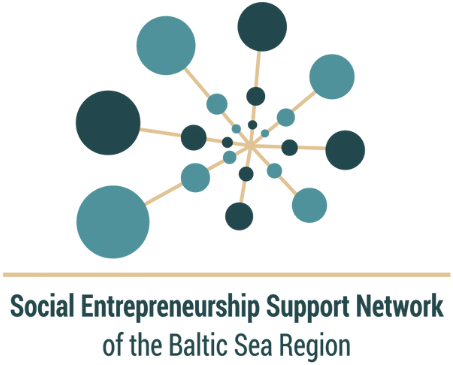Successful Business Models
-

Social innovation VS Social Entrepreneurship
Welcome to the Social Innovation | Social Entrepreneurship section. This section will help you understand the fundamentals of Social Innovation | Social Entrepreneurship. This…
-

Mentorship program for Ukrainians in Vilnius
Let’s admit it – the best way to get to know a new city is with the help of a local. After all, if…
-
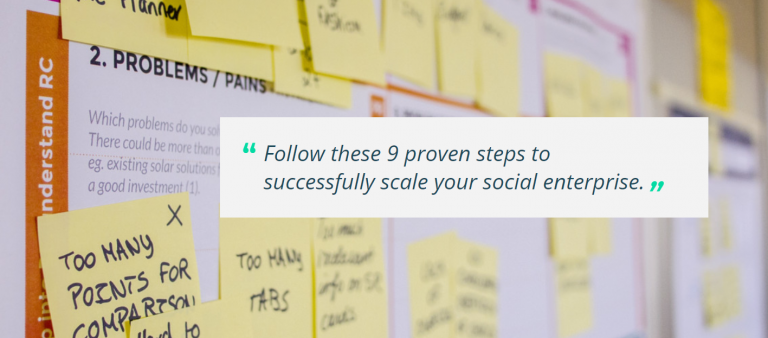
The complete guide to growing and scaling your social enterprise
We’ve learned a few things in helping support over 900 social enterprises around the world scale their operations with the help of our Experteers,…
-

Model and invitation to Impact Procurement in Lithuania
Impact Procurement: New Opportunities for Social Businesses and NGOs to Develop Quality Public Services and Collaborate with Municipalities A procurement model where the ordering…
-
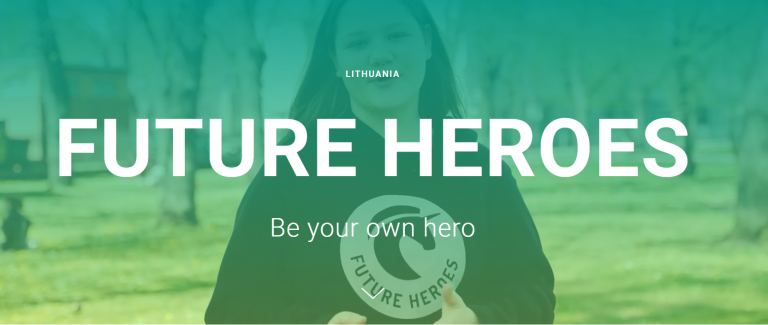
Leadership programme for girls
Future Heroes is a growth mindset-driven leadership & entrepreneurship program for girls aged 13 -17 to unlock their potential and create positive impact in…
-

The 5 most promising non-governmental projects in Lithuania for 2021
The most promising projects of non-governmental organizations (NGOs) in Lithuania have been announced. They have become 5 initiatives aimed at solving various social or…
-
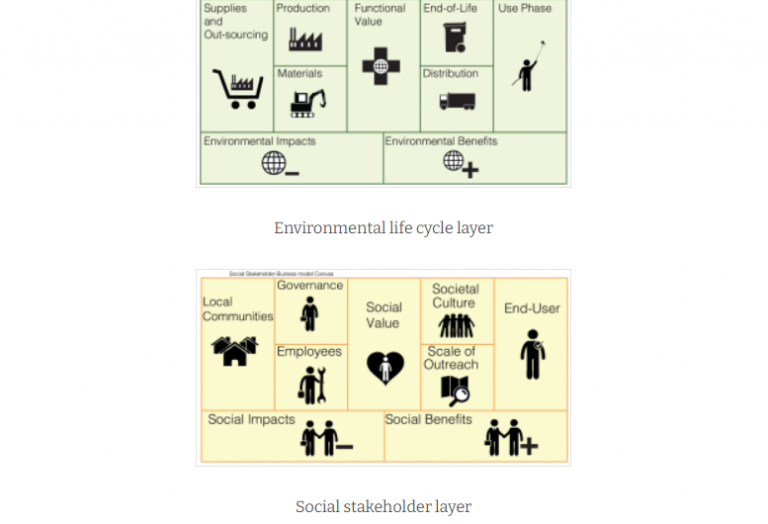
THE TRIPLE LAYERED BUSINESS MODEL CANVAS – A TOOL TO DESIGN MORE SUSTAINABLE BUSINESS MODELS
A creative approach to sustainability can be applied upon an organization’s business model. Authors begin their research with the assumption that business model innovation that takes…
-

Handbook for trainers in Social Entrepreneurship
The Institute of Entrepreneurship Development presents the handbook created for trainers regarding the training courses in Social Economy and Entrepreneurship. The educational material was created in…
-
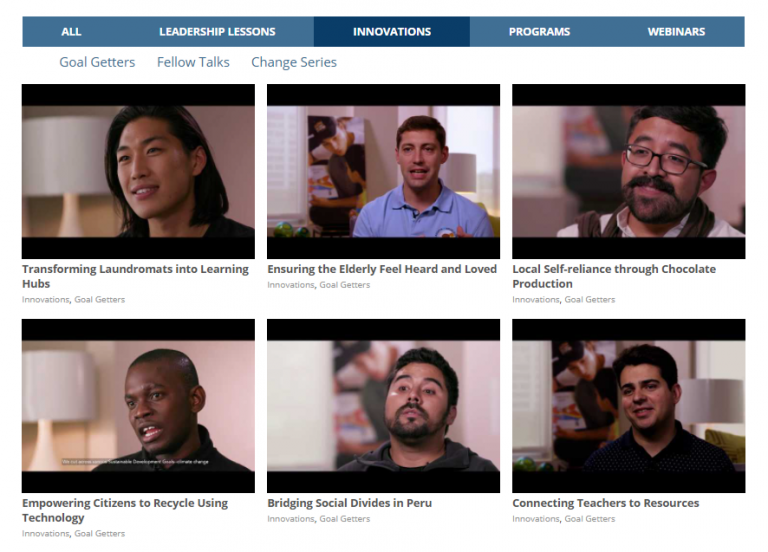
See How Young Entrepreneurs Are Transforming Communities Worldwide
Today’s young social entrepreneurs are driving change in new and unexpected ways. In these videos prepared by YouthActionNet Fellows , Laureate Global Fellows share their motivations,…
-
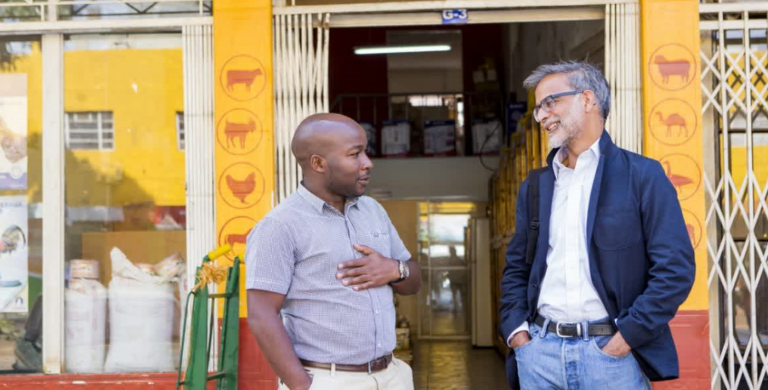
Creative Social Enterprise Business Model Ideas: 10 Ways to Address Affordability
We frequently hear the question: “What if the people who need and use my products or services can’t pay?” If you think that the…
-

Institute of Entrepreneurship Development – Ready to Accelerate Your Social Business
Established in 2005, Institute of Entrepreneurship Development (IED) is a fast-growing Center of Excellence in European Entrepreneurship. As a state-of-the-art international organization, iED promotes…
-

Travel Massive: Social Enterprises in Tourism Presented
The Social Entrepreneurship in Tourism Competition is the first worldwide competition focusing on social innovation and entrepreneurship in tourism. More than 20 finalists were selected by the Travel Massive community this…
-

Invest in Meaningful Innovation: Join Us in Partnering with Social Ventures Started by Young People
For over 20 years, IYF has nurtured young leaders as they tackle urgent social challenges in their communities. Today we are thrilled to announce…
-
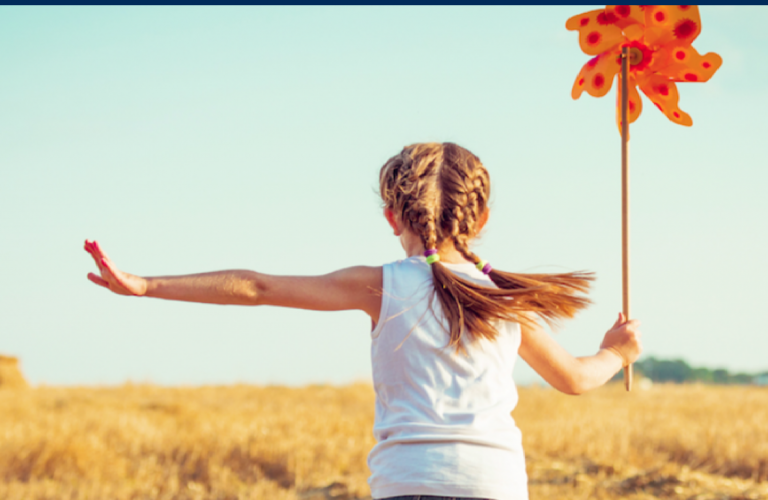
The Rexel Foundation’s joint-skills Platform for social entrepreneurship
The purpose of the social innovation Platform is to boost innovative social models that improve access to energy efficiency. The joint-skills Platform for social…
-
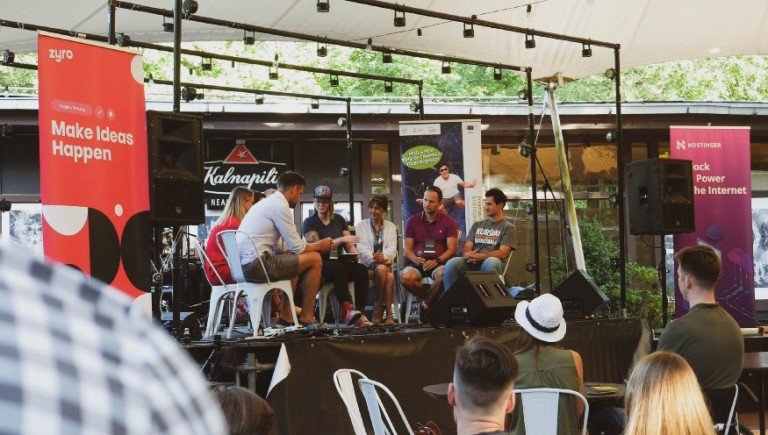
The Impact in Palanga is Turned ON: 7 New Social Businesses Have Emerged
Last weekend the social business sprint “Turn the Impact ON” took place in the sunny resort of Palanga, Klaipėda region, where no less than…
-

Design a Striking SWOT Analysis with Canva. SWOT analysis templates
SWOT is the leading online SWOT Analysis tool, template, and platform to help you build and execute a winning strategy. When it comes to…
-

How to start up a social enterprise in 10 steps
So you’ve got an idea you think could make the world a better place. Even better, you think it can make money. How do…
-
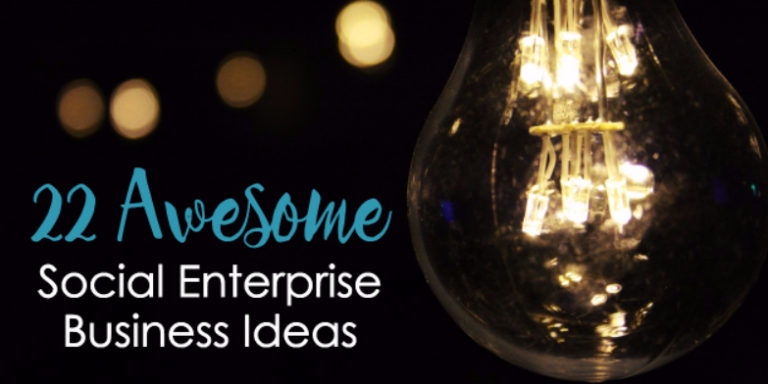
22 Awesome Social Enterprise Ideas and Examples
There are several ways you can go about searching for social enterprise ideas. Seeing examples of social enterprise in action is one of these…
-

Social Enterprise as a Mechanism of Youth Empowerment
Liang Shang from the City University of Hong Kong and Yanto Chandra from The Hong Kong Polytechnic University have developed explicit research on the…
-
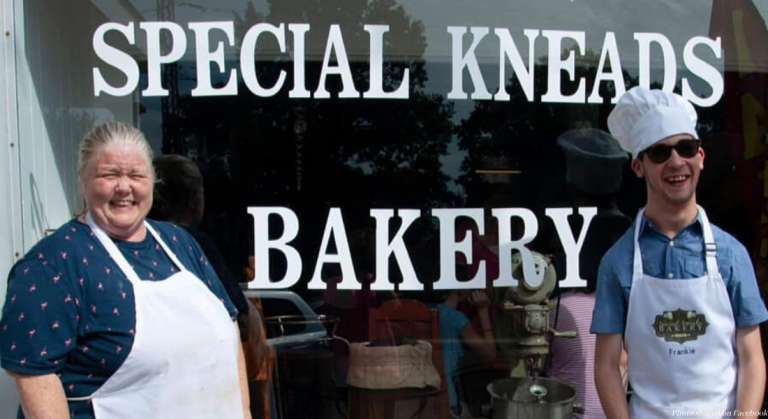
Mother opens bakery to help son and others with special needs find employment
A common concern for parents of children with disabilities is what will happen when their children become adults. It’s difficult for adults with disabilities…
-

There is a different phenomenon occurring: Instead of technology innovation being the driver for startups, it is more frequently business model innovation.
In the past most startups occurred because a new technology had come along that would provide solution to a problem that could not be…
-

It matters how your business model and mission statement is articulated
Scholars from Lappeenranta University have been researching social enterprise business models for years. Some time ago they focused their research on health care sector.…
-
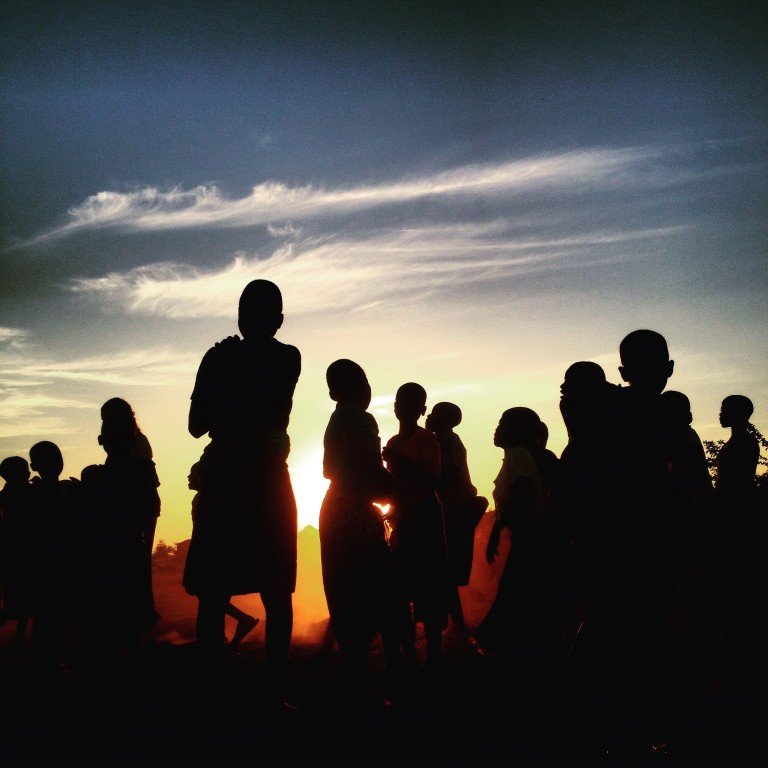
“The Sedge” ideas for social entrepreneurship
Social entrepreneurship differs from regular business with its higher goal– while classical companies aim to generate more profit, social enterprises are built with the…
-
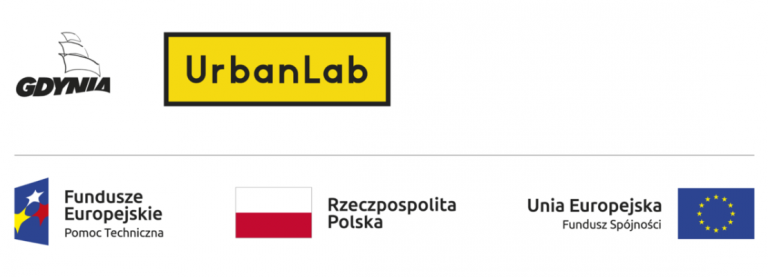
Interesting business model from UrbanLab Gdynia
UrbanLab Gdynia is a space. On one hand, it is a forum – a space of a dialogue and a discussion about the…
-

The Other Bar
The Other Bar is a case of a rather unique business model. The company behind the product, FairChain Foundation, believes that inequality and poor…
-
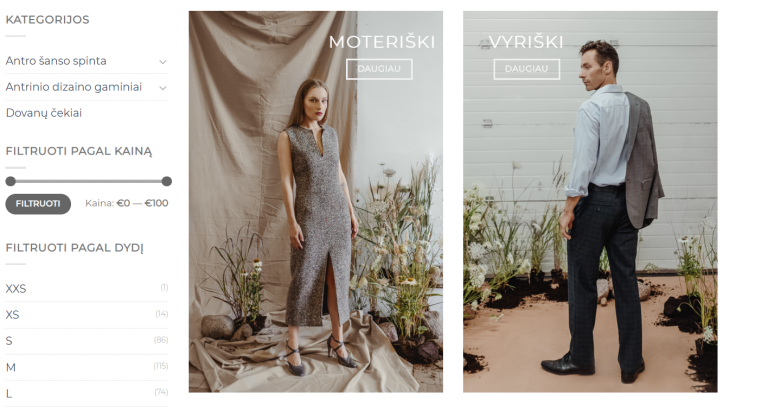
Textale from Lithuania is pioneering online shop of upcycled fachion
Social enterprise Textale from Lithuania just recently launched an online shop for used, repurposed, vintage and upcycled clothing for both men and women. Currently,…
-

Venner – So that no one has to be hungry
An exciting social start-up in Finland There’s an exciting fresh social start-up in Finland that tackles the problem of uneven health provision of the…
-

Infinite Game – a business model approach by Simon Sinek
You may have come across Simon Sinek´s work related to the “Start with Why” book, where he differentiates between your why, what you do…
-

10 revenue-generating strategies for social businesses
As in any other form of business, also in social entrepreneurship one of the most important aspects is the ability to sustain the activities…
-

10 creative ways to encounter the problem of customer’s limited ability to pay for services
Thinking that your customer’s and beneficiaries don’t have possiblity to pay for your services might seem like a problem that can’t be overcome. But, here…
-

Wildhearts
WildHearts is a social enterprise in Glasgow, Scotland, that sells office supplies and document management services to large companies. WildHearts use the profits to…
-
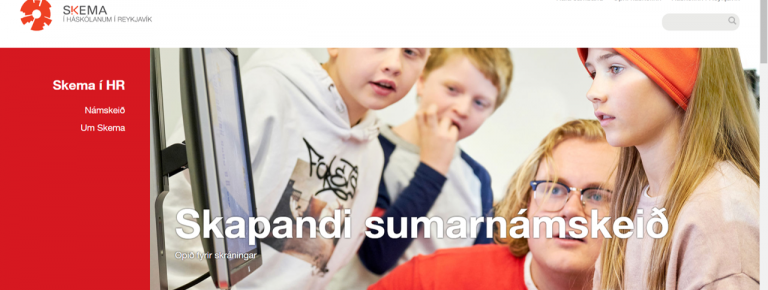
The Skema Generation
It was a wet cold dark winters day in Iceland back in 2013 that I met Rakel Sölvadóttir of Skema at her office at…
-

Clarifying your mission and purpose
What’s your mission and purpose? For a social entrepreneur it’s a calling, if you will. A call within that is a culmination of life…
-

Business model of sustainable knitwear company
A Lithuanian team behind sustainable hand made knitwear – The Knotty Ones decided to do their socially minded business by engaging low-income women across…
-
Eco-friendly shopping bag Poko
Poko is the most comfortable eco-friendly shopping bag that has ever been made. Weighing in at 10g, Poko is the lightweight champion but it…
-
Success story:
“It is impossible to plan everything for the journey ahead so go with your gut and navigate while driving” Name: Gustav Bratt Position: CEO…
-

The affordability issue in the social entrepreneurship
When creating a social enterprise one of the aspects that need to be considered is the ability of your target customers to pay. This…
-

SOCIAL ENTERPRISE AS A SUSTAINABLE BUSINESS MODEL FOR WECARE – A Research Study
A STUDY ABOUT A SUITABLE BUSINESS MODEL FOR A CHARITY ORGANIZATION WeCare is an Australian charity organization founded privately in 2011 to support a…
-
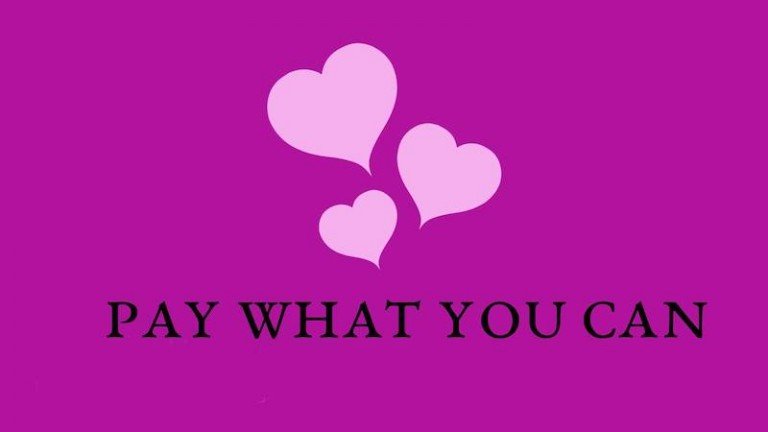
“Pay-what-you-can” businessmodel
The “Pay-what-you-can” businessmodel is used by both non-profit and for-profit businesses. In most cases it is used by businesses, that do not need or…
-
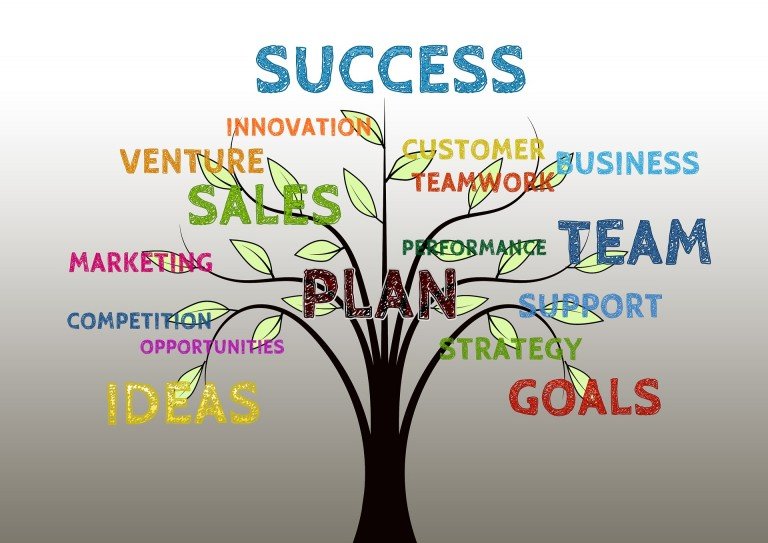
Creative Social Enterprise Business Model Ideas: 10 Ways to Address Affordability
We highly recommend this text on social entrepreneurship business models by Danielle Sutton on Acumen website. This content is delivered to you in the framework of…
-

3 business model options for an impact start-up, explained
You have an idea for an impact business, but don’t quite know how to take it forward? CauseArtist has compiled a nice article that explains,…
-

Successful business models in Latvia: “SIA Typical”
“SIA Typical” was founded by two postcard writing enthusiasts who believe that human interaction is the priority and a hand-written post card is a…
-

Urvaste Village Society – a promoter of traditional food in Estonia
Urvaste Village Society is a NGO located in a small village in South Estonia. The goal of the social enterprise Urvaste Village Society is…
-

Reverse Lavka – a local food supplier in Estonia
The goal of the social enterprise Reverse Lavka is to provide Estonian farmers and small producers a food shop for Estonian people, a preferred…
-
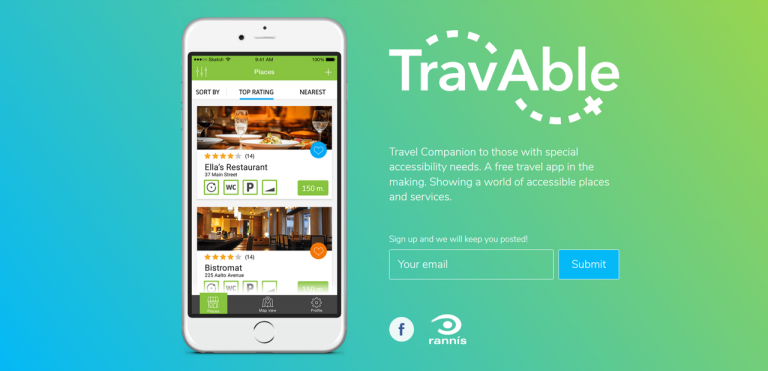
TravAble- the travel companion for the physically impaired
Ósk Sigurdóttir, a occupational therapist and her founding partner Hannes Pétursson had the desire to assist those the physically impaired to have access to…
-

Wykorzystanie komercyjnych modeli procesowych przedsiębiorstw w tworzeniu zintegrowanych modeli przedsiębiorstwa społecznego opartych na holistycznych koncepcjach
Polecamy apoznanie się z artykułem Małgorzaty Kurleto “Wykorzystanie komercyjnych modeli procesowych przedsiębiorstw w tworzeniu zintegrowanych modeli przedsiębiorstwa społecznego opartych na holistycznych koncepcjach”. This content is delivered…
-

Models of Impact
Choosing and developing a business model for your social enterprise is not always easy and straight forward. So sometimes it can be helpfull to…
-

Parmu Ecovillage – a nature-friendly community
Parmu Ecovillage is a non-profit organization which unites the community with the goal of becoming more socially, culturally, economically, and ecologically sustainable. Parmu Ecovillage is located in the…
-
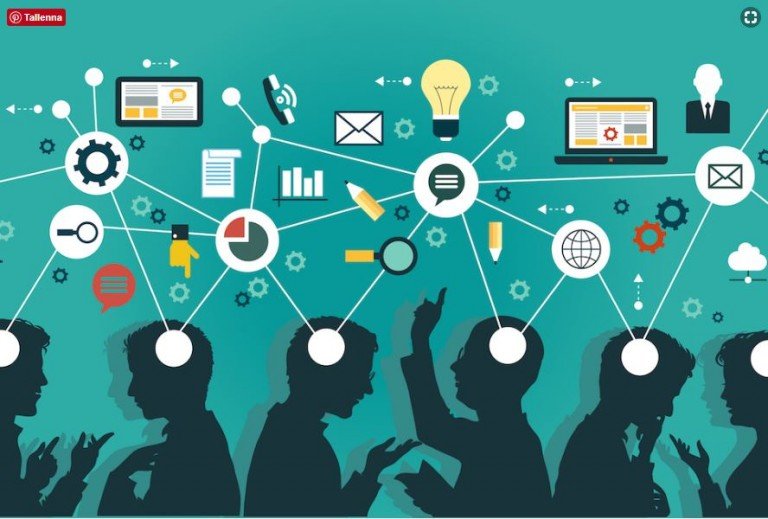
9 Social Enterprise Business Models
Change Creator™ has identified 9 working social enterprise business models that bring value to customers. As they state, there are 3 measures that define…
-
The Pakistani ‘hyper-entrepreneur’ who started 10 companies in Sweden
Meet Naimul Abd, the self-titled ‘hyper-entrepreneur’ who has gone into hyperdrive since moving to Sweden, learning to speak the language fluently and starting 10…
-
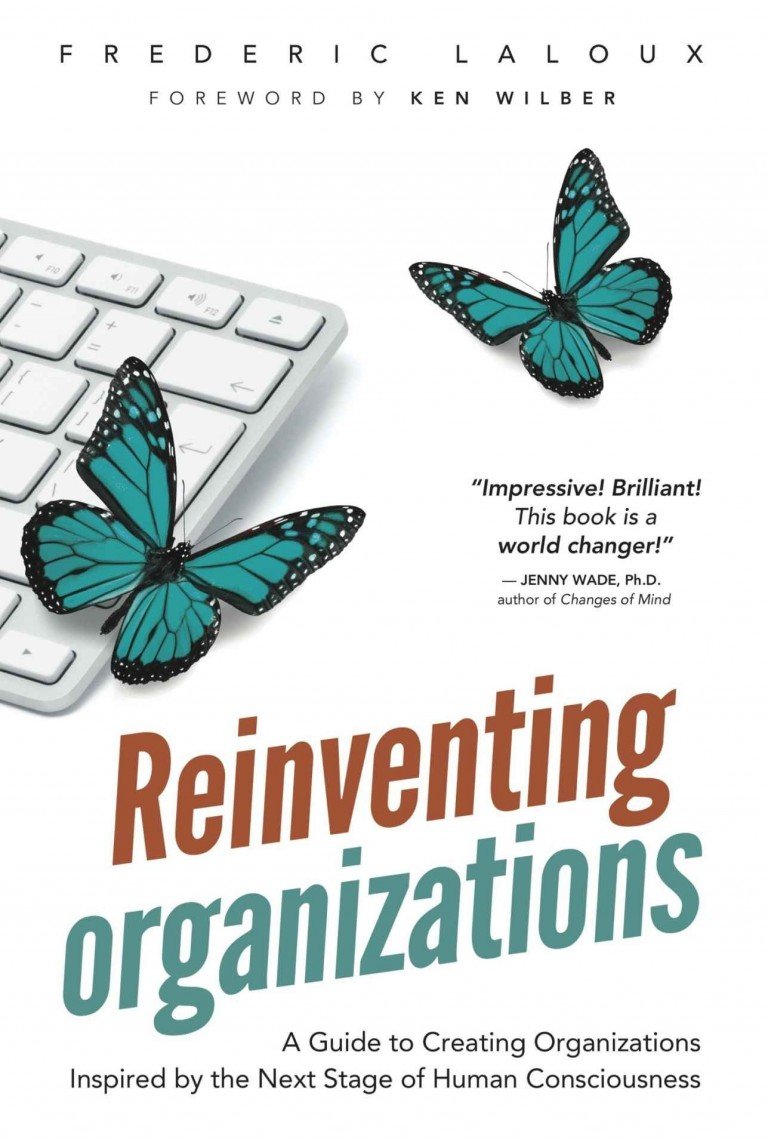
Book review: Reinventing organizations by Frederic Laloux
When running your social enterprise, have you ever wondered if there is a different way of doing organizational tasks and assigning titles than the…
-

Roman Aranin: wheelchair pilot
Roman Aranin is a social entrepreneur from Kaliningrad (Russia). In the past, a military pilot, then a successful entrepreneur, Roman broke on a paraglider.…
-

Social Enterprise Business Models that Address Affordability
If the customers who will most benefit from the services and products, that your social enterprise provides are not able to afford them, it…
-

Goodwill® – Social franchise and international partnership in action – Part 1
“We have courage and are unafraid. With the prayerful cooperation of millions of our bag contributors and of our workers, we will press on…
-

Social entrepreneurship and STEM
One of the directions of social entrepreneurship, supported by many special projects and programmes, is education of children. The article focuses on the implementation…
-
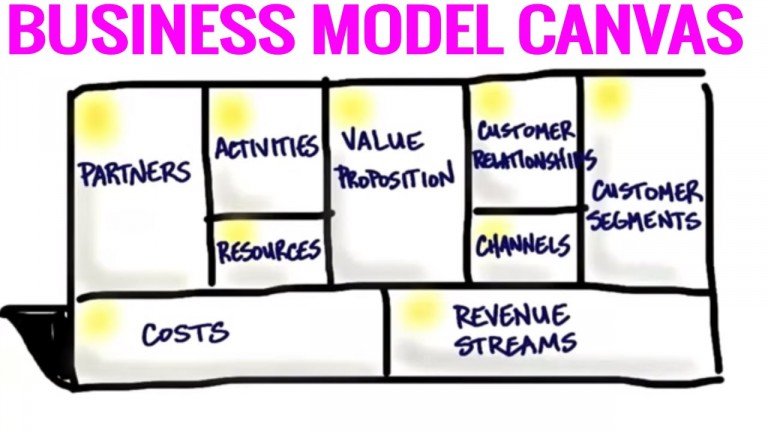
Model biznesowy Canvas w przedsiębiorczości społęcznej
Model biznesowy to narzędzie, które pozwala rzutem oka ogarnąć procesy wewnętrzne i zewnętrzne „przedsiębiorstwa” po to, żeby zrozumieć co, dla kogo i w jakiej…
-

Business model in Iceland: Karolina Fund & Karolina Engine
“Karolina Fund is a startup company from Iceland. They are the winners of the Nordic Startup Awards 2016 (Social Tech) and co-founders of the…
-

Different types of social enterprise models
In an article by Conscious Company Media, there are 6 types of social enterprise models identified. They are: Entrepreneurial Non Profit Non-nonprofit Socially responsible…
-
Framgångshistoria: Resursrestaurangen tar hand om matsvinnet
De räddar gamla grönsaker och lagar mat på sådant som annars skulle slängas. Resursrestaurangen är en ideell förening som vill stoppa matsvinnet och sprida…
-
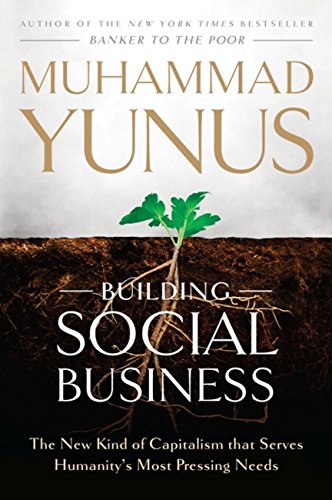
“Building Social Business” – Muhammad Yunus
What is social business? And how is it different from Social Enterprise? The term “social business” in European literature has no distinction between social…
-
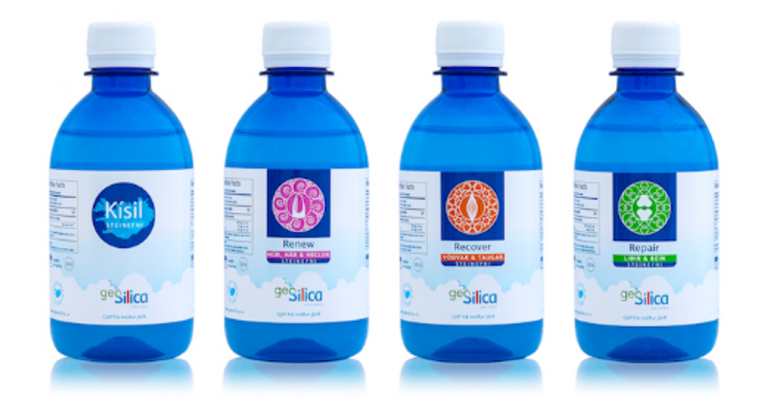
Business Model in Iceland: geoSilica
GeoSilica’s mission is to utilise waste from geothermal production to create a sustainable environment. The company geoSilica Iceland ehf. was founded by Burkni Pálsson,…
-

Gloucester Services: Supports local communities and social enterprises
Gloucester Services is the first motorway service in England, that donates 3% of the financial turnover to local employment, job training, local communities and…
-

CoccoBello – Honey from Russian village
Cocco Bello produces organic creamed honey in a small village in the Ural mountains (Russia), where locals cultivate bees and hand-pick wild berries. Cocco Bello…
-
An Application of the Corporate Company Models for Social Enterprise. An Article of Małgorzata Kurleto.
An article by Małgorzata Kurleto from Jagiellonian University in Poland – “AN APPLICATION OF THE CORPORATE COMPANY MODELS FOR SOCIAL ENTERPRISE (WITH SPECIAL EMPHASIS ON POLISH…
-

“BlindArt” from Latvia. The story of impact and success.
Social business is often confused with charity or social responsibility. Usually it happens, because impact from those are similar, however social business makes impact…
-
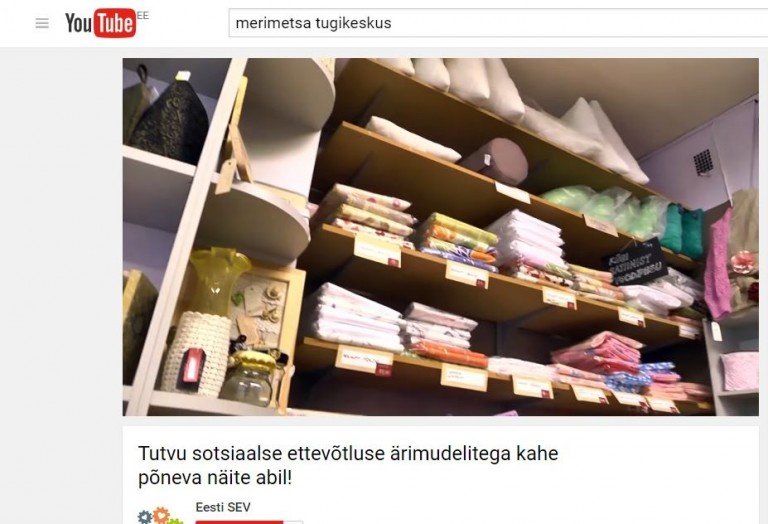
Video: Tutvu sotsiaalse ettevõtluse ärimudelitega kahe põneva näite abil!
Sotsiaalsed ettevõtted teenivad raha selleks, et maailma paremaks muuta. Vaata lähemalt, kuidas sotsiaalse ettevõtte ärimudelit üles ehitada! Lisaks jagavad oma kogemusi Merimetsa Tugikeskus…
-
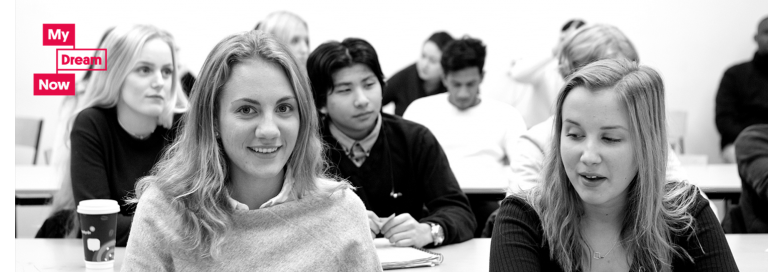
Successful Business Models in Sweden – case 3: My Dream Now
My Dream Now is a social enterprise which provides mentorship-programs with students. The organization inspires student to believe in themselves. “The belief in others and…
-

Successful Business Models in Sweden – case 2: Retoy
Retoy is one of the growing social entrepreneurship initiative in Sweden that is a classic business case study. Retoy is an organization works with education…
-

Successful Business Models in Lithuania – case 3: Food Bank
Food Bank Lithuania is a typical food recovery and redistribution charity/social enterprise. It’s a very effective organisation playing vital role in supplementing food options…
-
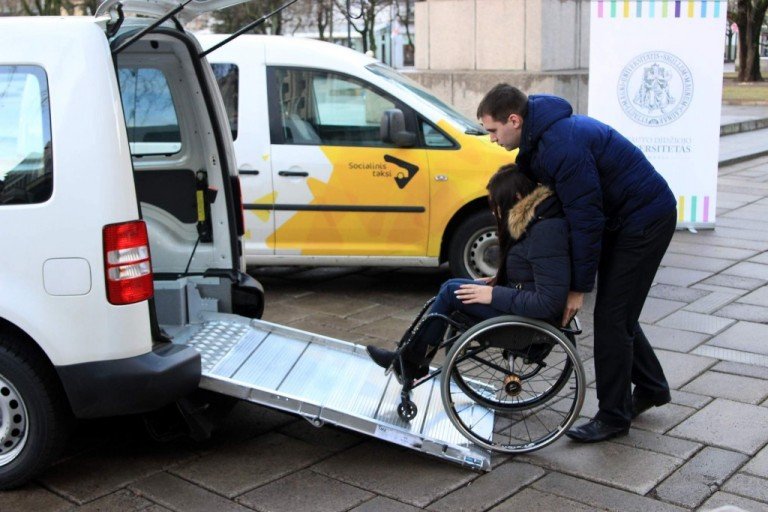
Successful Business Models in Lithuania – case 1: Socialinis Taksi
Social enterprise Socialinis Taksi (Social Taxi) is providing subsidised taxi services to the disabled people in 3 largest Lithuanian cities. Part of their services…
-

Successful Business Models in Sweden – case 1: Inclusive Business Sweden
Inclusive Business Sweden serves as a platform for creating awareness of inclusive business, facilitating collaboration between organisations, as well as for connecting and supporting…
-

Successful bussiness models in Poland – case 3 “Jurassic Park in Bałtów”
Stowarzyszenia na Rzecz Rozwoju Gminy Bałtów „Bałt” (The Association for the development of the municipality Bałtów “Bałt”) Social goal The development of tourism and…
-

Successful business models in Poland – case 2
Bielskie Stowarzyszenie Artystyczne “Teatr Grodzki” (The Bielsko Artistic Association Grodzki Theatre) Social goal Social and vocational activation of people with disabilities. History of the…
-
Successful business models in Finland – case 3: The Helsinki Metropolitan Area Reuse Centre
The Helsinki Metropolitan Area Reuse Centre is a non-profit organization working for the benefit of the community. Their mission is to improve the state…
-
Successful business models in Finland – case 2: kaksi.nolla
“kaksi.nolla Oy” offers housing services for the city of Tampere in Kontukoti (they have in total 26 places) and also they have started to…
-

Successful business models in Denmark – case 3
Specialisterne (The Specialist People Foundation) Specialisterne Denmark is a social enterprise that actively works to hire employees with autism, and to assess, train and…
-

Successful business models in Denmark – case 2
Skovsgård Hotel Skovsgård Hotel is a cooperative social enterprise in the city of Skovsgård in the northern part of Jutland in Denmark. …
-
Successful business models in Finland – case 1: Helsinki Foundation
The Helsinki Foundation – what is it? The Helsinki Foundation is a non-profit foundation established for the purpose of promoting the conservation of nature…
-

Succesfull Bussiness Model in Poland – case 1
Fundacja Rozwoju Przedsiębiorczości Społecznej “Być Razem” from Cieszyn (Foundation of Social Entrepreneurship Development “Be Together”) Social Goals: 1. The activation of the unemployed and…
-

Successful business model in Estonia – case 3
Uuskasutus (Uuskasutuskeskus) is a non-profit organisation to promote reuse and recycling. Their objective is to re-use or re-design old things, giving them new value…
-

Successful business model in Estonia – case 1
Merimetsa Support Centre’s (Merimetsa Tugikeskus) main goal is to improve intellectually and mentally challenged people’s everyday lives. There is also a fabric and textile…
-

Successful business model in Estonia – case 2
Federation of Estonian Student Unions (EÜL) main goal is to represent students’ interests on national level. Their main issues are student rights, educational and social…
-
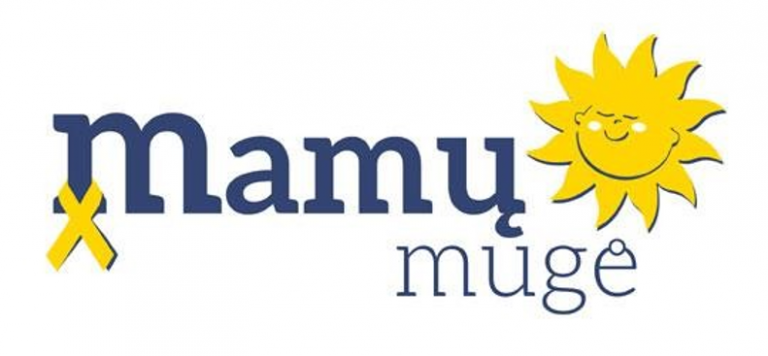
Succesfull Businessmodels in Lithuania – Case 2
Mamu muge (Moms’ Market) is a social enterprise from Vilnius, Lithuania. The company has been established in 2012 with primary purpose to support young families…
-
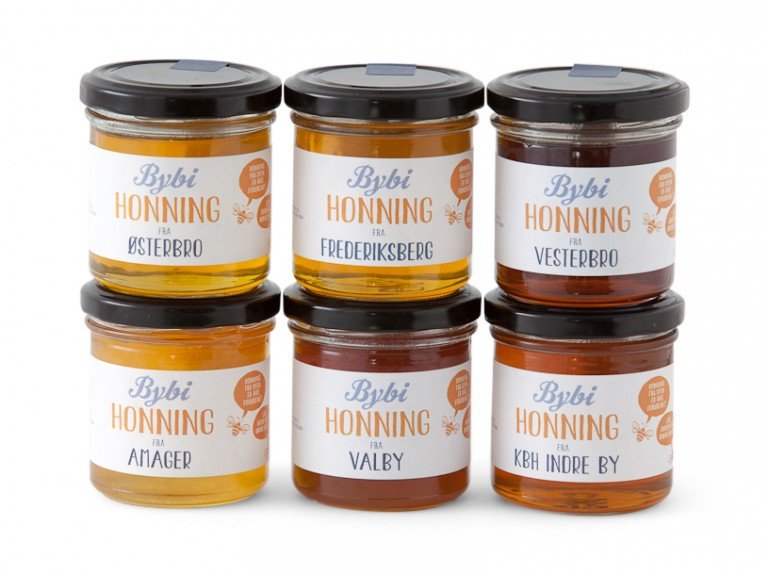
Succesfull business models in Denmark – Case 1
ByBi is a danish social enterprise based in Copenhagen, that produces honney products. The company was established in 2010 as an association. Today the…
-

Successful business models in Latvia – case 4
Case study No.4 Established in 2010 as association, afterwards registered as Ltd at 2012. MAMMU is a fashion company that closely cooperates with young…
-

Successful business models in Latvia – case 1
Case study No.1 Otrā Elpa – charity shop, café as well as promoter of funds for charitable and social projects. Founders of the Otra…
-

Successful business models in Latvia – case 3
Case study No.3 <em>The social organization „Wings of hope”. </em>„Wings of hope” is a non-governmental organization established with the goal to meet the interests…
-

Successful business models in Latvia – case 2
Case study No.2 – Samaritan Association of Latvia. The Samaritan Association of Latvia (LSA) is a voluntary action oriented public benefit organization that has a…
-
Majora Carter – 3 stories of local eco-entrepreneurship at TEDxMidwest
The future of green is local — and entrepreneurial. In her talk, Majora Carter brings us the stories of three people who are saving…

